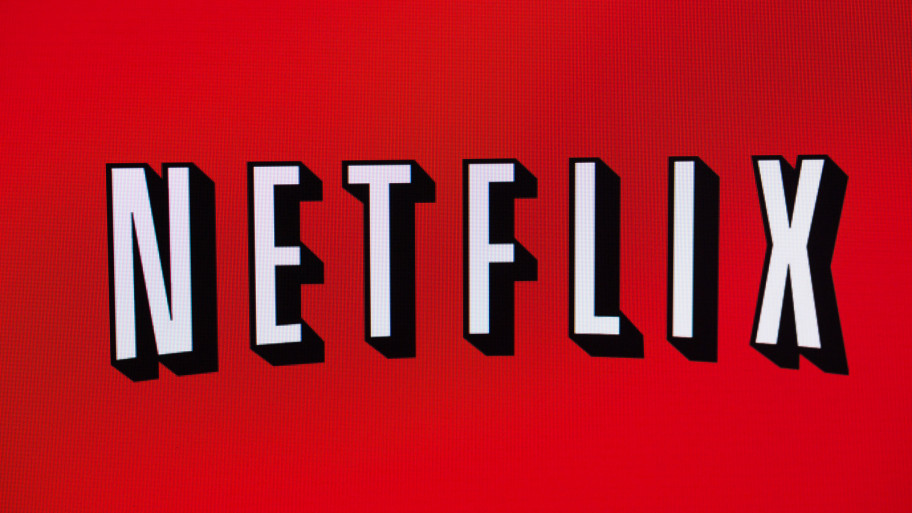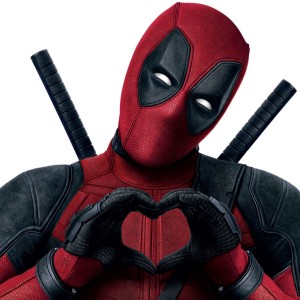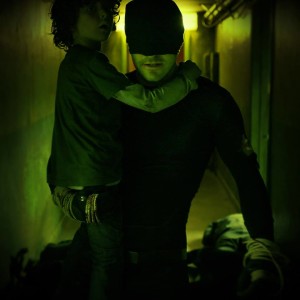
It’s been over a month since the Deadpool movie first hit the theaters and left critics stunned with the best opening for an X Men movie, especially considering that Deadpool wasn’t even one of the characters normally associated with the Professor Xavier led group of mutants. Even more so, critics couldn’t believe that a rated R movie could perform as well as it did, given that nearly every other superhero movie that’s recently come out has been PG-13 (others were probably just shocked that Ryan Reynolds had actually been part of a successful and good movie), but this is Marvel, and Marvel seemingly can’t do anything wrong.
Early reviews already have Captain America: Civil War being praised as the best Marvel movie yet by test audiences, which has become an increasingly watered down statement as they had said the same thing about Deadpool, but this is still the same cinematic universe that was able to take a relatively unknown band of heroes that included a Star-Lord, a raccoon, a tree, and a Destroyer and turn them into box office superstars. What’s perhaps even more impressive is the fact that they were able to take the character with the least vocal versatility and turn him into the highlight of the movie as a part of the ending credits. So, each movie being better than the rest is never something to hate.
 The success of Deadpool however has led to numerous reports of other superhero movies coming out with R ratings in the future, most notably, Batman v. Superman: Dawn of Justice, which will initially release as a PG-13 movie before including an R-rated Director’s Cut when DVD distribution begins. But the movie studios should have already anticipated the potential for success with making an adult superhero film, and not necessarily due to the cinematic success of Deadpool, which was more or less due to exception marketing that included a not yet approved release of the script online, multiple viral videos that also included some friendly banter thrown at Hugh Jackman’s Wolverine, and billboards that included the same snarky humor that made the movie so successful. Instead, all they needed to do was look at the small screen successes that have made Marvel’s Netflix series so popular.
The success of Deadpool however has led to numerous reports of other superhero movies coming out with R ratings in the future, most notably, Batman v. Superman: Dawn of Justice, which will initially release as a PG-13 movie before including an R-rated Director’s Cut when DVD distribution begins. But the movie studios should have already anticipated the potential for success with making an adult superhero film, and not necessarily due to the cinematic success of Deadpool, which was more or less due to exception marketing that included a not yet approved release of the script online, multiple viral videos that also included some friendly banter thrown at Hugh Jackman’s Wolverine, and billboards that included the same snarky humor that made the movie so successful. Instead, all they needed to do was look at the small screen successes that have made Marvel’s Netflix series so popular.
Of course, Marvel has already had some success with their Agents of SHIELD series which airs on ABC, but their episodes of Agent Carter haven’t nearly amounted to the same success, to the point where rumors have been swirling around since the first season of possible cancellation. However, the same can’t be said for the Defenders’ series of TV-MA action. In fact, when the series was first announced years ago, Netflix only signed on for one season a piece of Daredevil, AKA Jessica Jones, Iron Fist, and Luke Cage.
And while Netflix is not required to disclose any of their viewership information in the same way that most network, cable, and premium channels are, estimates show that nearly 4.4 million people watched the show within the first eleven days, meaning that 4.4 million people started a series knowing full well that they were possibly going to be investing nearly 13 hours to finish off a series.
And let’s face it, that’s a hell of a lot longer than a Deadpool movie that failed to even reach the 100 minute mark.
 Given that Deadpool was also available to the entire US population while Daredevil is only available to the 40.9 million Netflix subscribers who are willing to pay at least $8.99/month, or $107.88 annually, as opposed to the $15 for a movie ticket and it’s relatively easy to see just how much potential could have been available to a series like Daredevil had it been shown on a silver screen as opposed to a subscriber base such as with Netflix.
Given that Deadpool was also available to the entire US population while Daredevil is only available to the 40.9 million Netflix subscribers who are willing to pay at least $8.99/month, or $107.88 annually, as opposed to the $15 for a movie ticket and it’s relatively easy to see just how much potential could have been available to a series like Daredevil had it been shown on a silver screen as opposed to a subscriber base such as with Netflix.
Also of note, given the nature of Deadpool, the vocabulary necessitates the R-rating prior to even getting into any of the violence that was thankfully added to the film. Contrarily, a story like Daredevil’s isn’t even close. Granted, an R-rating could have potentially improved upon Ben Affleck’s version of the The Man Without Fear, but then again almost anything could have improved upon it, including completely different casting and a different writer/director, so that’s not saying too much. And yet, despite this fact, millions still tuned in to watch, in no small part due to the word of mouth campaign that helped to drive viewership for the show.
So essentially, what we’re looking at is a show that did not necessarily need to go towards the TV-MA rating, went there anyway, and was successful enough to do so that it was picked up for a second season. Beyond that, Daredevil avoided the cartoonishness that generally is associated with most other superhero shows. He doesn’t have mutant or superhuman powers. He doesn’t turn into a Hulk or have the scientific know-how to create an iron suit with flying capabilities. Nor is he a God.
 Charlie Cox’s Daredevil is a man who is able to overcome his disability, who is able to take a beating, and who is willing to shed blood in the name of justice. While he doesn’t look to kill, he’s not above doing so if it involves saving his own life. Knives are drawn. Guns are shot. Bones are broken. Necks are snapped. And now, we’re on the brink of the premiere for season two.
Charlie Cox’s Daredevil is a man who is able to overcome his disability, who is able to take a beating, and who is willing to shed blood in the name of justice. While he doesn’t look to kill, he’s not above doing so if it involves saving his own life. Knives are drawn. Guns are shot. Bones are broken. Necks are snapped. And now, we’re on the brink of the premiere for season two.
Given all that the show’s achieved despite it’s being grittier, more violent, darker, and gorier than it’s other Marvel counterparts, should it be any surprise then that Deadpool was able to be successful?
Daredevil Season 2 premiers on Netflix March 18th.

